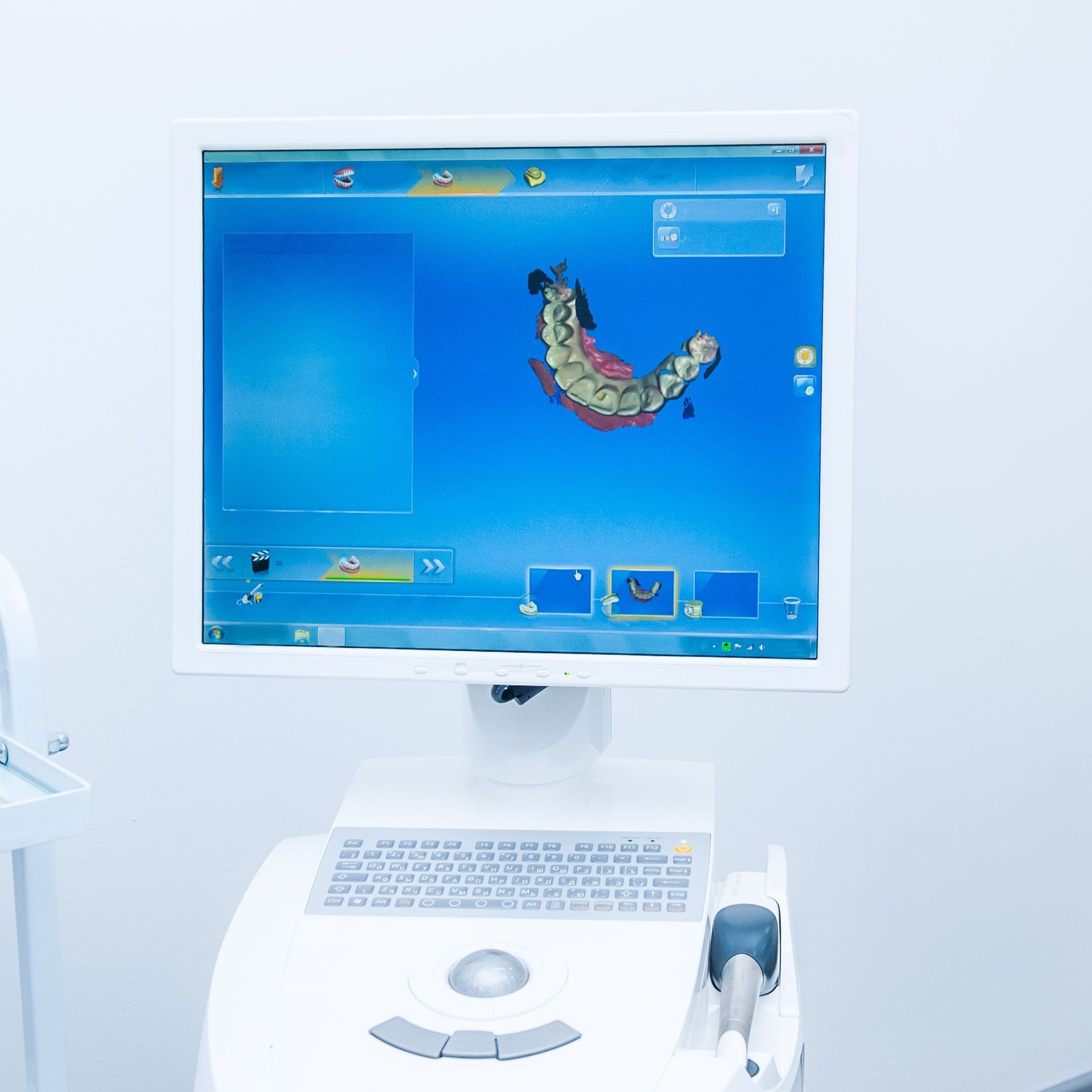
WHEN DO I GET MY BRACES OFF?
This is the commonest question asked by recipients of braces. You don’t always need to ask your orthodontist for an answer, though, as you can see for yourself. Easy ways to tell if your braces have worked wonders for your smile: Are your teeth nice and straight? Are there any unsightly spaces still between your teeth? Do the upper teeth that are in front neatly overlap the lower teeth that are in front? Do the outer cusps of the upper cusps sit nicely on the outer side of the ones corresponding below? Is the underbite or overbite now correct? If you can see that there are no imperfections in your teeth any longer, then your orthodontist may tell you that your braces can now be removed. Your orthodontist is a perfectionist and will only remove your braces if he or she is happy with the work they have done.
Three Phases in the Treatment Process
When braces are fitted there are usually three phases to the treatment process which all patients have to navigate. These include solving the problem of crowding and spacing, improving teeth alignment and correcting the bite.
Crowding is usually corrected first through an expansion of the arches or by teeth removal. It is not possible to align teeth if there is no room available to move them. The need for expansion or extraction is worked out by considering certain variables which have to include the size of the jaws and teeth the volume of gum and bone tissue available to support the roots. The first sage is the creation of space so that the alignment of the teeth can take place. If there is extra space at the beginning of the treatment, the particular space has to be closed first.
As soon as room is available, aligning or straightening the teeth is the next stage. Alignment of the arches occurs by the use of wires, springs, elastic chains and other devices that rotate and move the teeth into the preferred positions. Sometimes individual brackets have to be repositioned throughout the treatment process as their correct place cannot be determined until teeth have been partly aligned and the brackets can then be moved to the most desired position.
Another part of the treatment process is the correction of the bite, or put more simply, ensuring the upper teeth will fit perfectly with the lower ones. A combination of wires, springs, rubber bands and surgery can achieve this objective. Once the bite is correct, the backs of the teeth above will rest lightly on the front of the bottom teeth.
Once the crowded or crooked teeth have disappeared the patient will be happy. The final stage of the treatment means that the bite has been corrected ensuring a great outcome to the whole procedure.
For any advice about your braces or to find out how braces can help your appearance, contact Gluck Orthodontics today and schedule your complimentary consultation.











